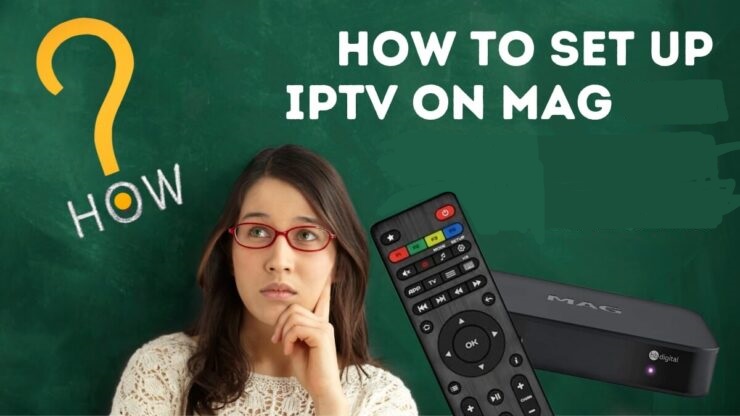IPTV On MAG With M3U
This tutorial, we are going to show you how to bring IPTV channels to your MAG 4XX and 5XX ( MAG410, MAG420, MAG425, MAG500, MAG520, MAG524 and etc) device. IPTV on MAG with M3U
Note: IPTV providers do not support MAG 4XX and 5XX with portal system and this setup is the alternative solution to bring IPTV to your MAG box.
Digitonika offers you a Free Trial IPTV test without commitment or payment
How to use M3U url to setup IPTV MAG
Step 1: Download the M3U url which provided by the IPTV provider.
Step 2: Copy/paste this static M3U file to a USB storage.
Step 3: Insert the USB storage to your MAG.
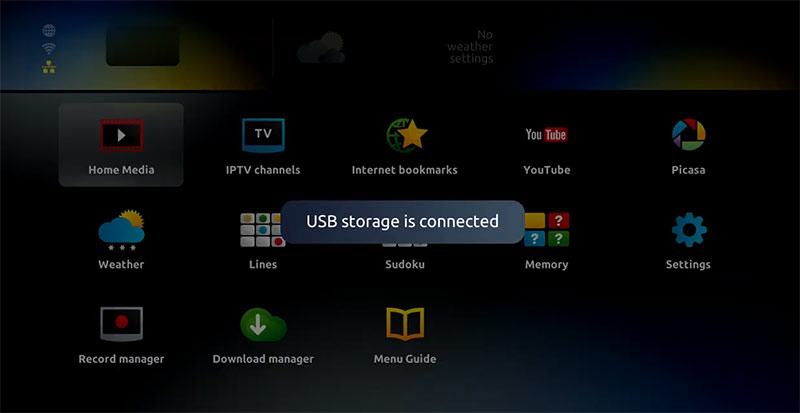
Step 4: Once mag box shows the login screen click on embedded portal.
Step 5: Click on Home Media.
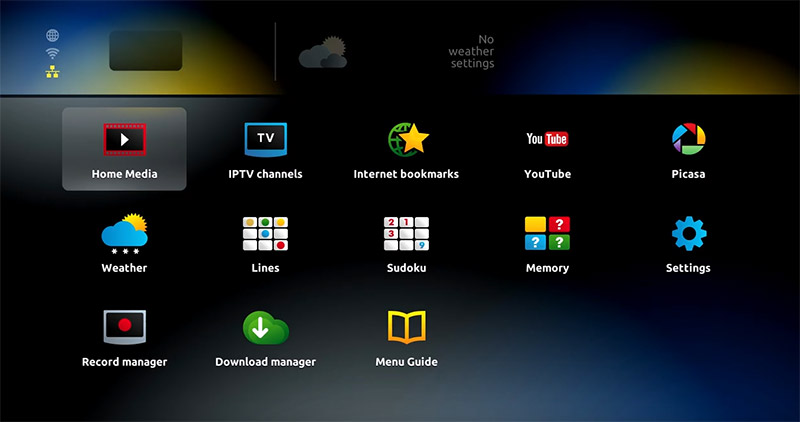
Step 6: Scroll down and click on your USB.

Step 7: Find and click on the M3U file in the USB storage.
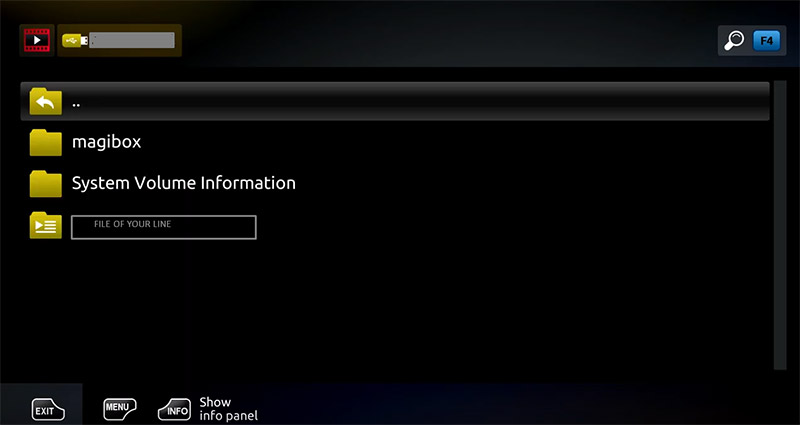
Step 7: Click “Open”.
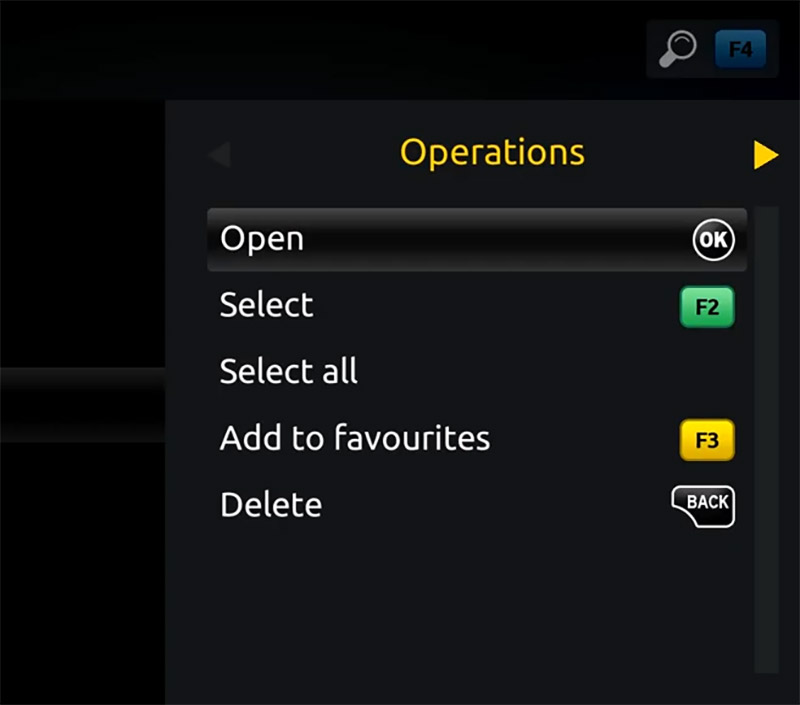
Step 8: A window will appear saying *Open playlist* , Now use F3 (yellow button on remote).
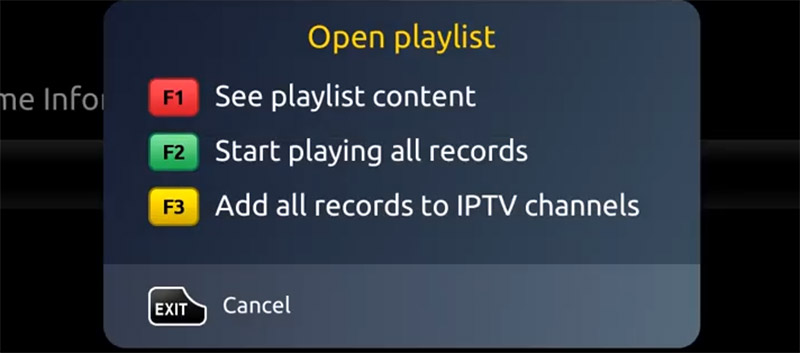
Step 9: The m3u file is added to the IPTV section of the Home Media section.
Step 10: Use “Back” button to return to the portal page and to “IPTV channels”

Now everything is ready to start watching Live TV…
Digitonika offers you a Free Trial IPTV test without commitment or payment
WHAT IS IPTV ?
IPTV is a lot cheaper than traditional cable and satellite networks. Unlike the traditional networks where you need a cable connection and a dish to stream live TV channels, with IPTV, you only need an internet connection, and you can stream live TV channels, VOD, PPV, and more from anywhere.
Although IPTV content delivery differs from online video-sharing platforms like YouTube or OTT services like Netflix, it shares many of their conveniences. For instance, IPTV allows users to access video on demand (VOD) content on a subscription-based model and watch live broadcasts. That gives viewers the freedom of accessing their favorite shows at will while still having the option of enjoying live events and programs like on traditional TV.
This flexibility is why IPTV outshines traditional television and is considered the future of TV.
How IPTV Works
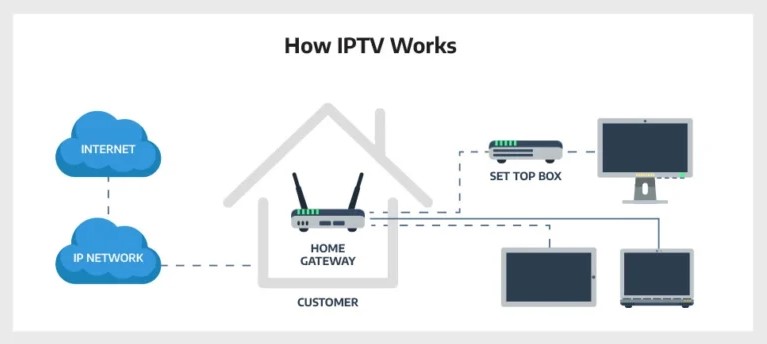
While traditional TV sends analog signals to users via cables, IPTV sends them over a managed, private internet network. Unlike traditional TV, which can only broadcast content in real time, IPTV has servers for storing content. That gives users the freedom to watch programs at will (if their IPTV provider allows this option).
The entire content delivery process is quite simple and can be illustrated in a few steps:
- The user requests to watch a specific program, and the IPTV provider receives the request.
- IPTV provider processes the request and transmits a video stream from their server to the end user.
- The content stream travels through the secure, private network toward a gateway on the user’s end.
- The content is delivered in packets to the playback device via the real-time streaming protocol (RTSP) before compressing them to optimize for playback.
But for all the above to be possible, your TV must be able to read the signals received over the internet protocol. Unfortunately, not all TVs can set up an IPTV service right off the bat since most can’t read the signals received without external help. If you have a TV set that isn’t IPTV compatible, you will have to buy an IPTV set-top box.
Digitonika offers you a Free Trial IPTV test without commitment or payment
What Is an IPTV Box?
An IPTV box or a set-top box is a device that converts streaming signals received via the internet protocol into a format that a TV can read and reproduce (similarly to an OTT box). In other words, set-top boxes translate the language of the internet protocol. These boxes are often connected to the TV via HDMI or AV cables or even through Wi-Fi for newer models.
If you choose to stream IPTV from your computer, you won’t need a set-top box as PCs can already read the data received through the internet protocol. Those who’d like to save on a set-top box but still enjoy watching IPTV on their television screens can mirror their PC screens on the TV and watch from there.
Hybrid IPTV
The high demand for internet-based streaming services and on-demand shows led to the rise of a new, hybrid IPTV business model. Hybrid IPTV proved the perfect way for traditional broadcasters to transition to a more contemporary business model.
Since traditional TV broadcasters needed to adapt to changing consumer behavior, this model enabled them to continue providing traditional TV services while combining it with the on-demand model most OTT platforms use.
The hybrid IPTV model allows users to watch linear TV and on-demand content with a single set-top box. This model’s most significant benefits are its flexibility and affordability since neither users nor providers need to constantly change their infrastructure.
Users can freely opt in or out of different features without needing to change their set-top box, and providers can introduce updates and new services at a minimal cost. Either way, it’s a win-win scenario.
Digitonika offers you a Free Trial IPTV test without commitment or payment
Types of IPTV Formats
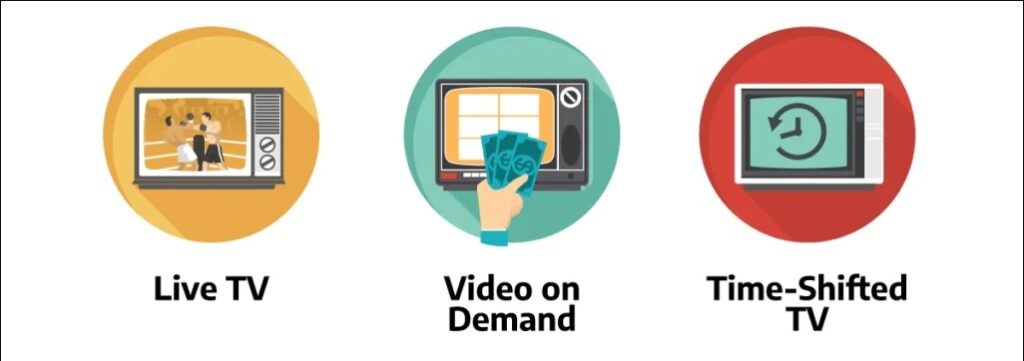
IPTV offers many additional services and video formats beyond just watching traditional television broadcasts. There are three primary content formats most IPTV services offer:
Live TV
Live IPTV allows users to live stream television broadcasts in real time, similar to traditional TV. Live TV most often serves to broadcast live events like sports events, conferences, etc.
However, this model has the same downsides as the dying cable TV. Users can’t choose when to watch content, and they don’t have the flexibility of watching it on the go.
Some examples of IPTV providers with this model include FOX Sports Go, Hulu Live TV, Sling TV, and CBS Sports HQ.
Video on Demand (VOD)
VOD IPTV services work the same way as with most OTT providers — you pay a subscription fee and, in return, have access to a large library of videos you can request to watch whenever.
This model is particularly appealing to consumers because it offers incredible flexibility. More and more IPTV providers have been introducing on-demand services to combat the growing popularity of over-the-top streaming platforms like Netflix, Hulu, and Amazon Prime Video.
Time-Shifted TV
Time-shifted TV or catch-up TV is a service unique to IPTV that allows users to watch previously broadcasted TV shows later.
There’s one big difference between time-shifted TV and VOD, though. Time-shifted TV lets users rewatch old content only for a limited time. Most often, broadcasts will be available for a few days before disappearing. Anything older than that would be considered a VOD.
One of the most popular IPTV providers using this model is BBC’s iPlayer.
